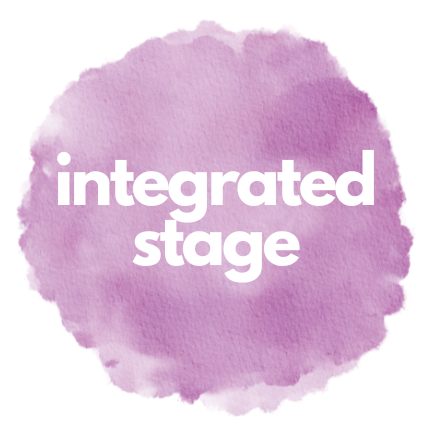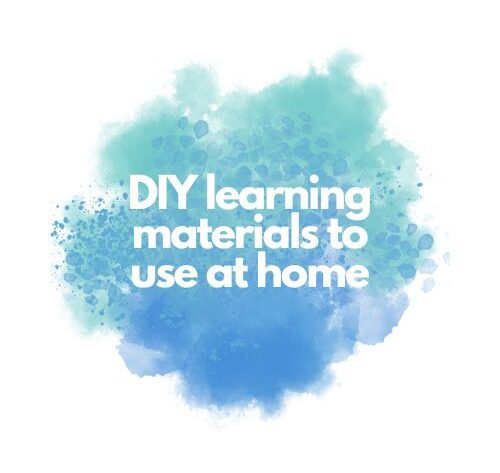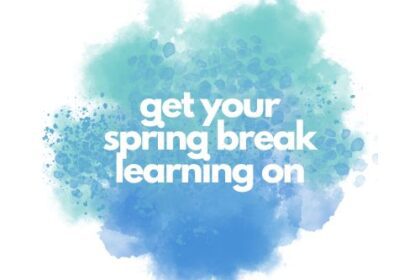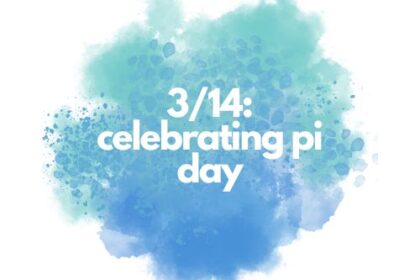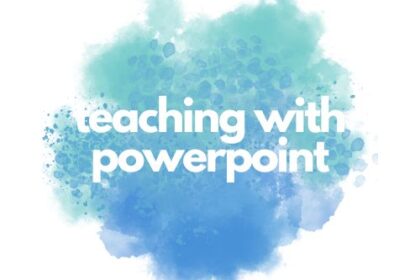Reinforcing concepts from both the classroom and tutoring is essential! And I’m making it easy with these DIY learning materials at home!
Let’s be honest.
As parents, we want what’s best for our kids.
As teachers, we want to set our students up for success in curriculum, yes, but by extension, life. They should leave my classroom a little more prepared for life, regardless of which path they choose.
As a tutor, my impact is greater for my kiddos. How can it not be? It’s dedicated one-on-one time.
I also know that my methods will be felt even greater when I equip both my pupils and their parent(s) with at-home tools.
The At-Home Connection
Firstly, if your tutor is not giving you practical ways to implement some at-home practice, you may not be working with the right person. Ideas for learning materials at home should be offered to you along with progress notes.
I’m not just talking about a list of things. I’m talking about practical ways to use those things to help your child achieve mastery.
Secondly, it’s so important that real-world connections to curriculum are being made. Using DIY learning materials (or found learning materials!) is a hands-on way to appeal to learners and deepen connections outside of school and tutoring.
DIY Learning Materials
Index Cards. These may seem like an obvious choice, but holy smokes! Index cards are incredibly versatile! I use them for SO many things. For math, you can make fact fluency flash cards (multiplication facts in upper elementary are a must!) or academic vocabulary flash cards. In reading, I use them to work on specific skills. Sometimes we write down the names of figurative language on one side and the definition on the back. Then, as I read to my tutoring pupil, we identify the examples of the cards in the text. Check out this post on Reading Family Night.
Sticky Notes. I’m obsessed with sticky notes. Especially the cute, smaller ones. I like these for number and letter recognition, blending letters to sound out words, and creating math problems at random. You can also use them to jot down questions or aha moments while reading.
Existing Learning Materials At Home
Did you know that your home likely has a plethora of learning materials?!
In the Playroom
Play-Doh. Using Play-Doh is a favorite! In my sessions, we use Play-Doh to “smoosh” as we sound out letters and blend sounds together, make letters (and words!) with it, and create small math problems with it as a tactile way to approach math.
Magnatiles/Legos/Blocks. Building tools are excellent for exploring geometry and its related concepts such as perimeter, area, and volume. Magnatiles and Legos can also be really helpful in illustrating concepts related to fractions.
Playing Cards. A deck of cards can go so far. You can tweak the rules of War to fit addition, subtraction, or multiplication quite easily. Likewise, you can improve number sense by changing the tactics around Go Fish: “Do you have a number that I can make using one hand?” or “Do you have a number that’s 3 away from 10?” You can also explore place value.
Dice. Dice are very similar to playing cards in terms of math application for specific functions like addition, subtraction, or multiplication. You can also assign a specific reading comprehension skill or question to each number and use them to guide reading responses.
In the Kitchen
Cookbooks. Non-fiction text is not usually on my kiddos’ list of favorite genres. If you aren’t reading this type of text, it’s harder to write. Cookbooks are great non-fiction examples because they’ve got introductions and narrative pieces as well as the how-to portion. It’s also great for learning about text features!
Measuring Cups. We’re back on math: specifically fractions! Measuring cups help develop background knowledge of comparisons prior to being introduced to concepts like common denominators, greatest common factors, and least common multiples. Cooking with your kids (despite the mess it may make) is always a good choice for family time and educational time.
Sugar. This perennial favorite is great for early elementary students learning to identify letters or write them. I also find it helpful for all elementary students who are still learning cursive. Pour some sugar into an old pencil box, on a plate, or on a cookie sheet, and have your child trace a letter. Say either the letter name or a word and ask your child to identify either the beginning or end sound and write it. It’s a little messy, but it’s so much fun!
Bonus Items!
Don’t forget that a great at-home library of books, documentaries on a streaming service, and read-alouds on YouTube go a long way, too. Research shows that background knowledge (called schema) is really crucial in reading comprehension.
Some of my favorite YouTube read-aloud videos are The Very Hungry Caterpillar by Eric Carle, Grumpy Monkey by Suzanne Lang, and Pete the Cat I Love My White Shoes by Eric Litwin. These are fun for me, fun for my own children, and they tend to be a hit with both my classroom students and my tutoring pupils.
